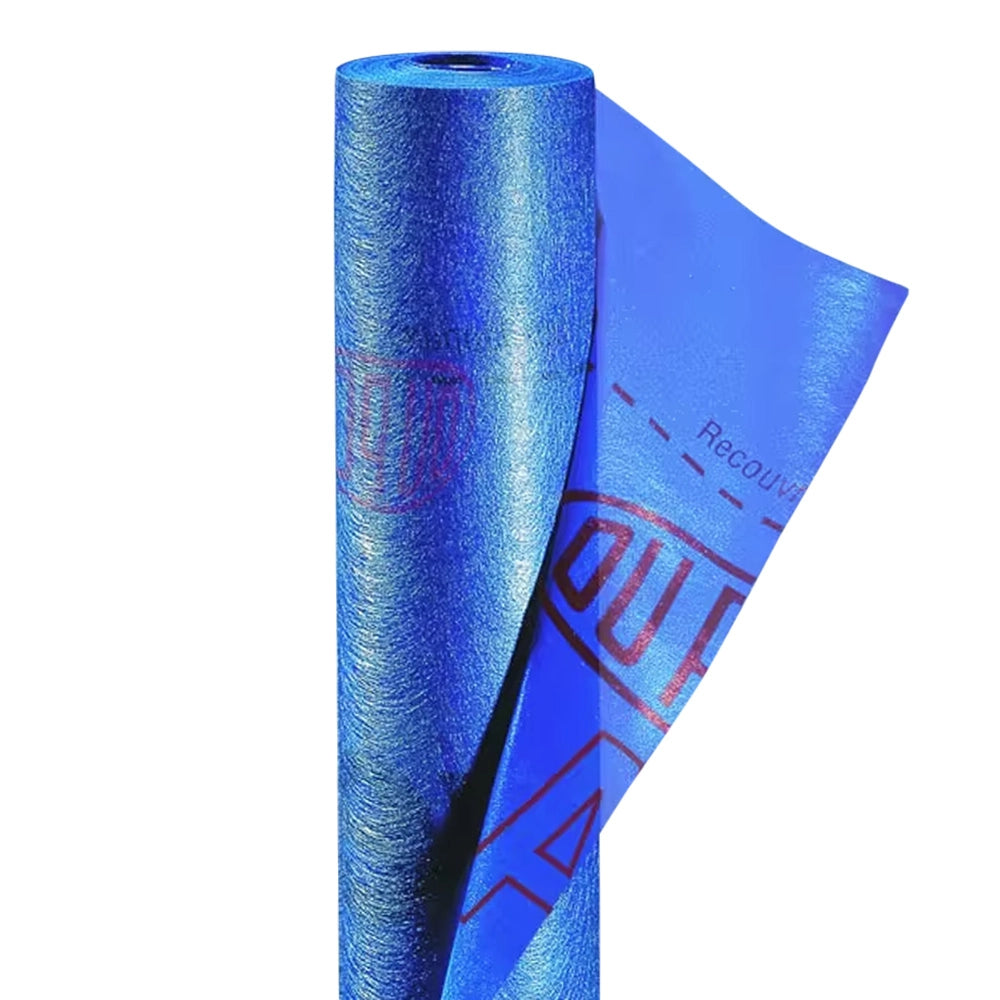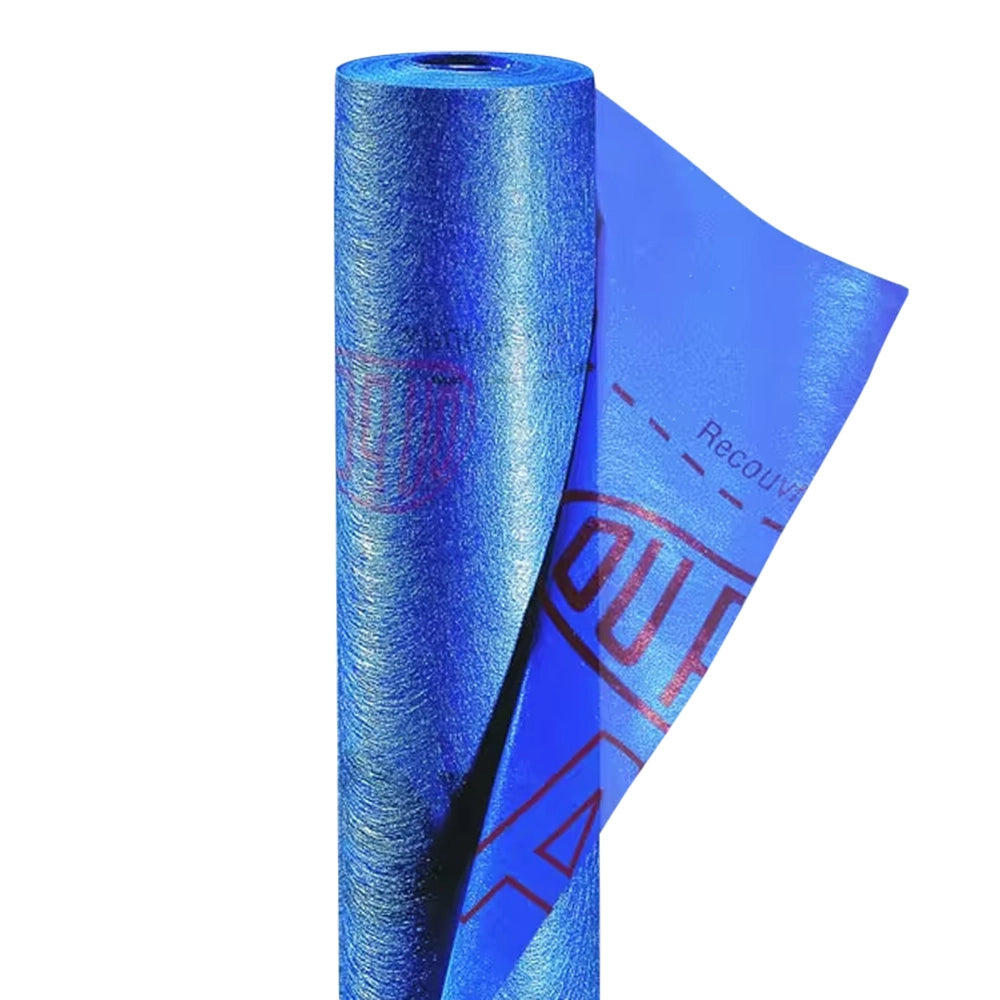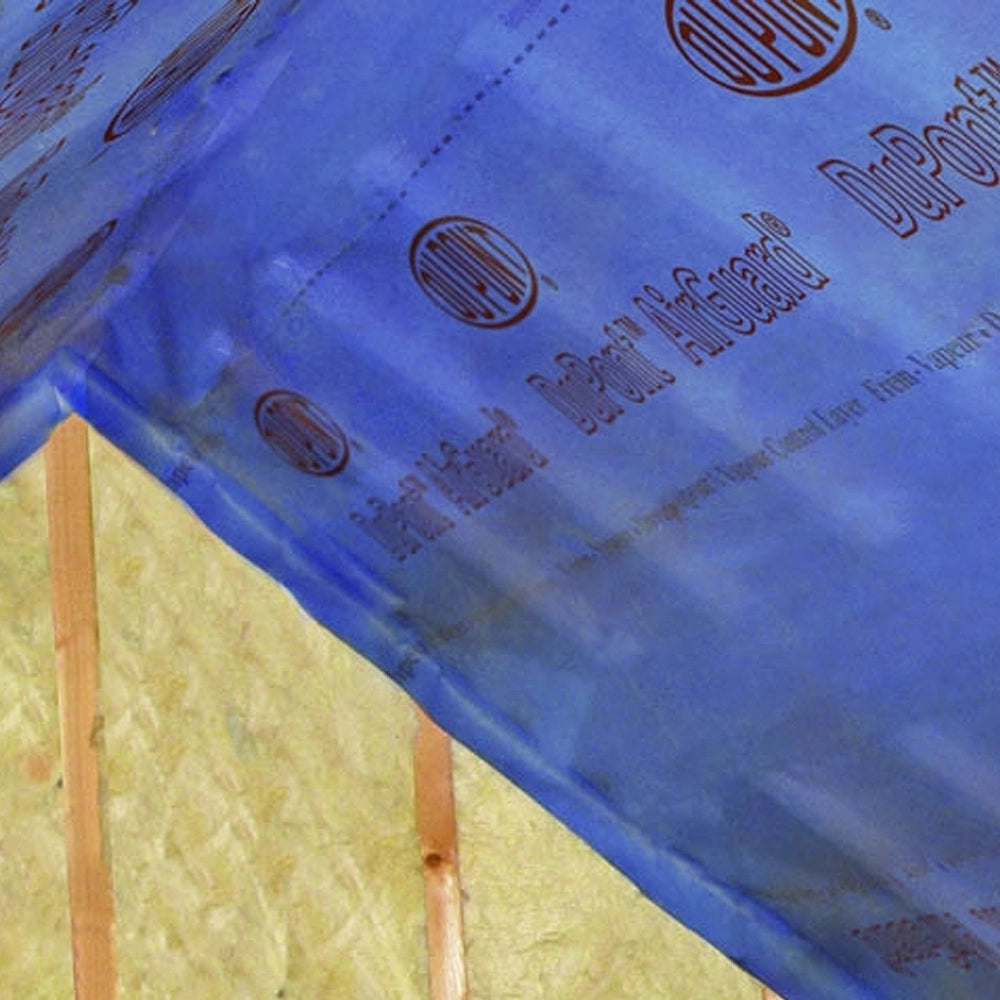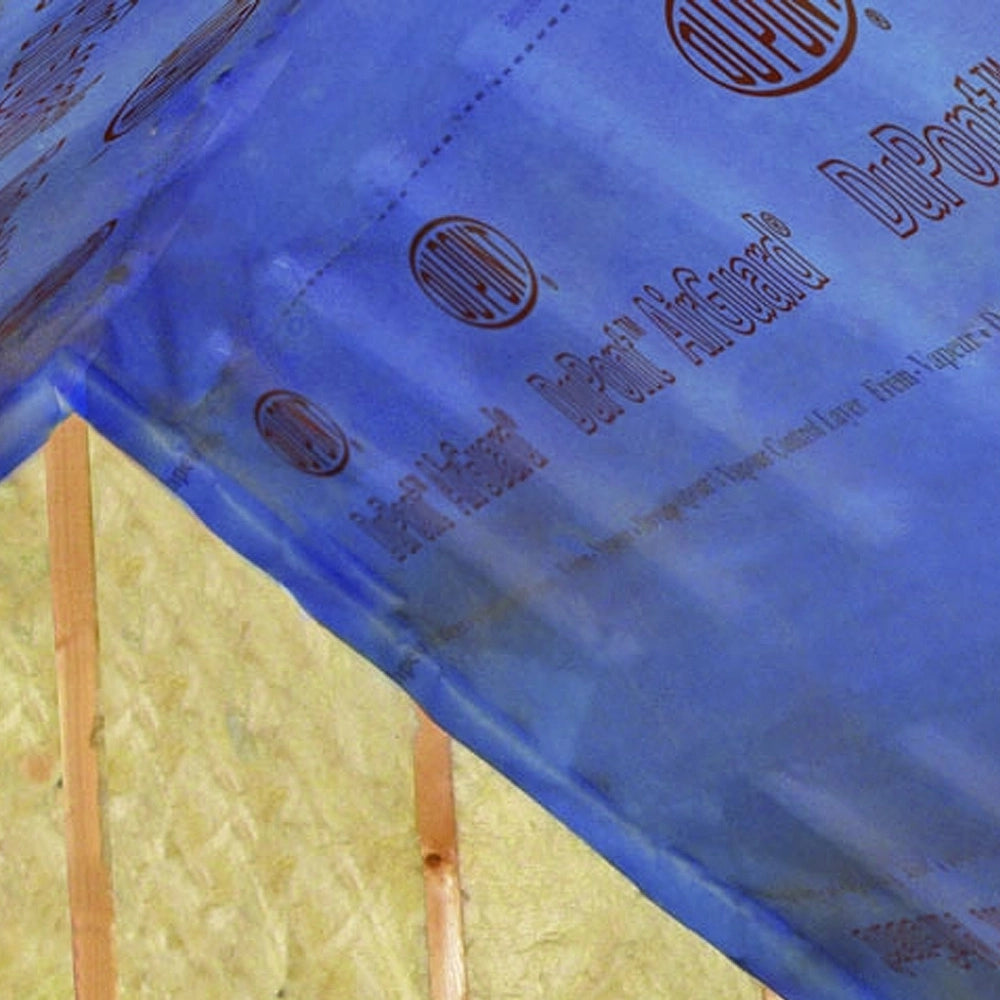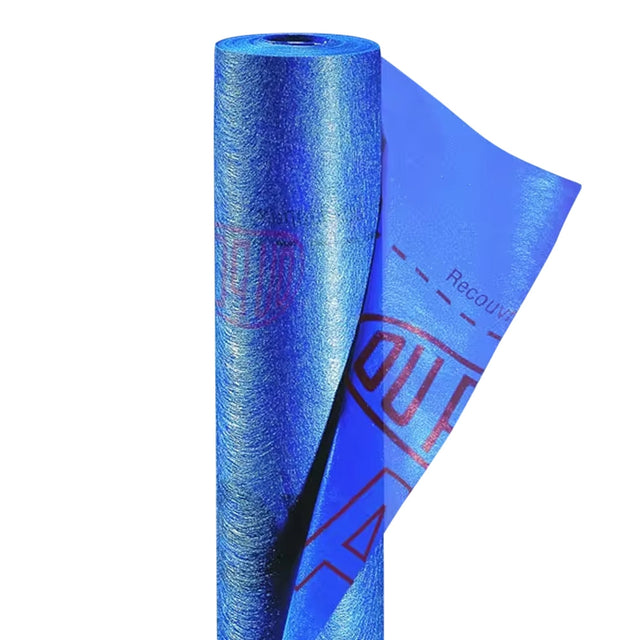AirGuard Control Vapour Control Layer 1.5m x 50m (150m²)
AirGuard Control Vapour Control Layer 1.5m x 50m (150m²) is backordered and will ship as soon as it is back in stock.
This AirGuard Vapour Control Layer bu DuPont is designed to control the transfer of moisture between the exterior and interior of a wall structure in building construction. Intended for installation on the “interior” side of the building structure with the logo side facing into the interior of the room. Use to create an airtight seal across wall studs after adding insulation, before applying plasterboard or drylining products.
- Supplied in rolls
- BBA certified for warm and cold roof applications
- Use in combination with a Breather Membrane
- Seal with Butyl tape to create an airtight seal
For more information on use and specification, please download the data sheet for this product below.
Data Sheets & Information
-
Size
-
Coverage (m²)
-
Thickness
-
Length50m
-
Width1.5m
-
Material
-
Water Resistance
-
Reaction to Fire
Large Order or Specific Requirement?
CALL OUR TEAM
0115 6976 800

